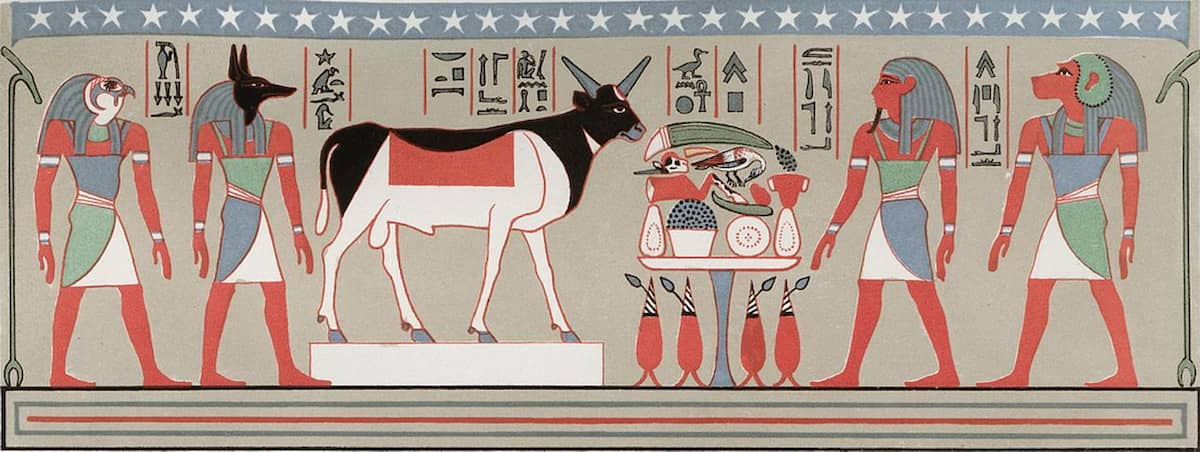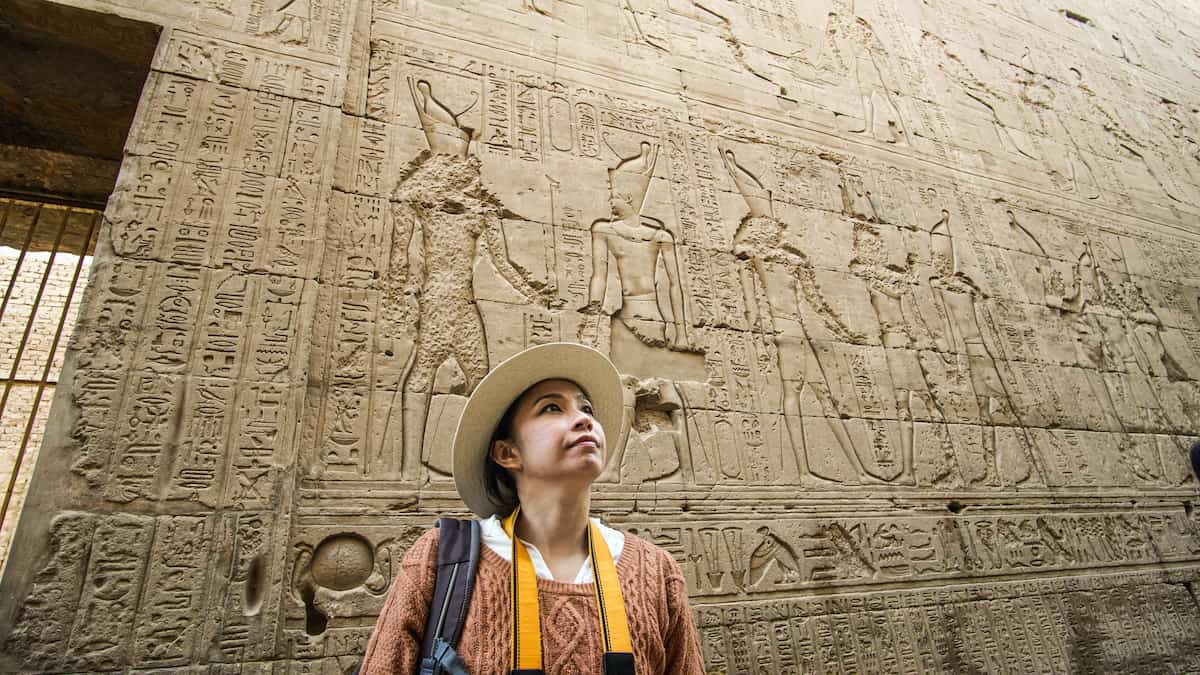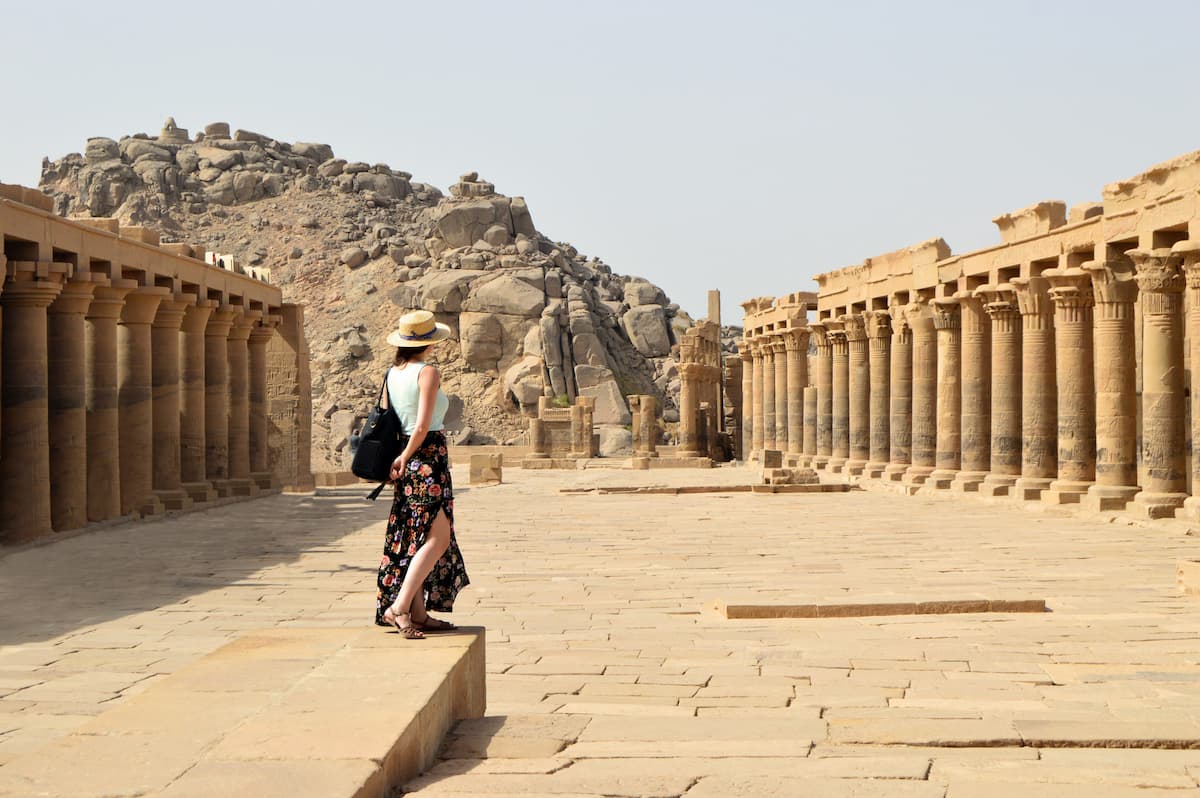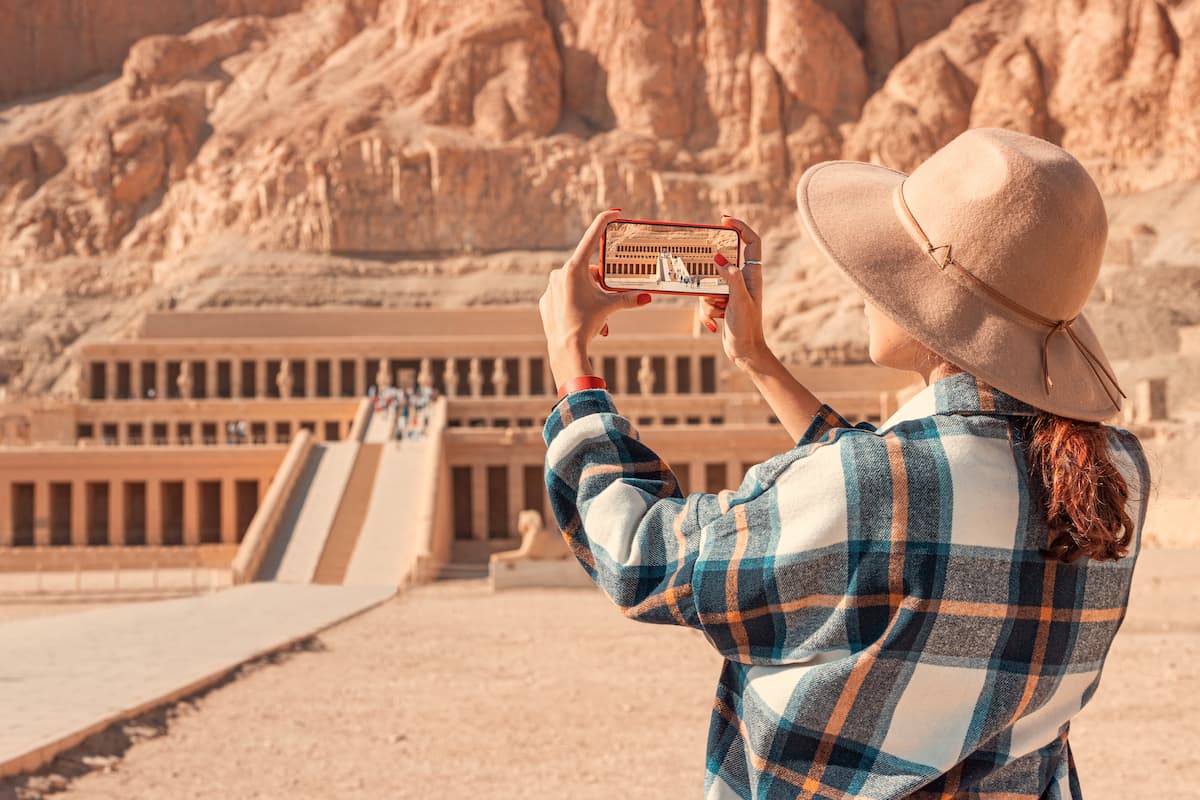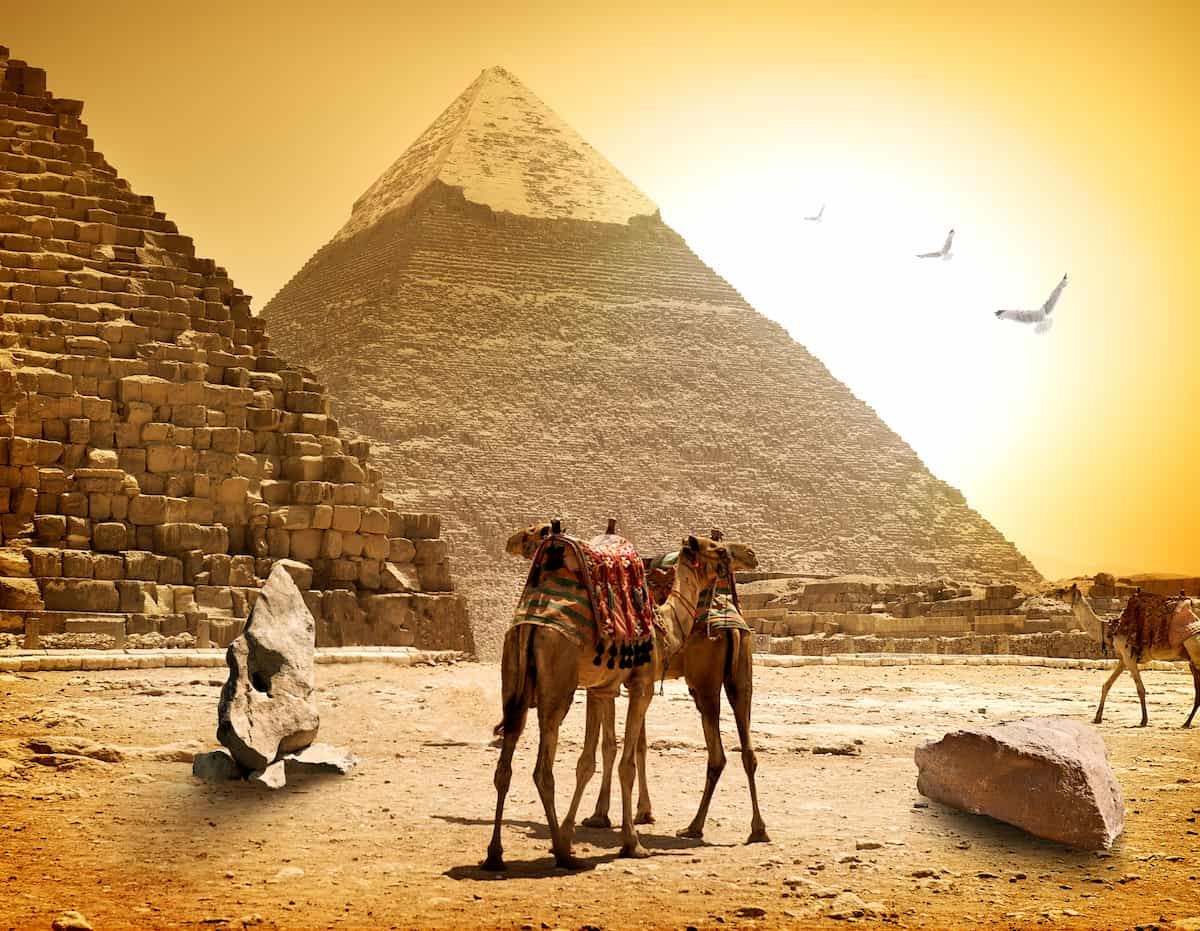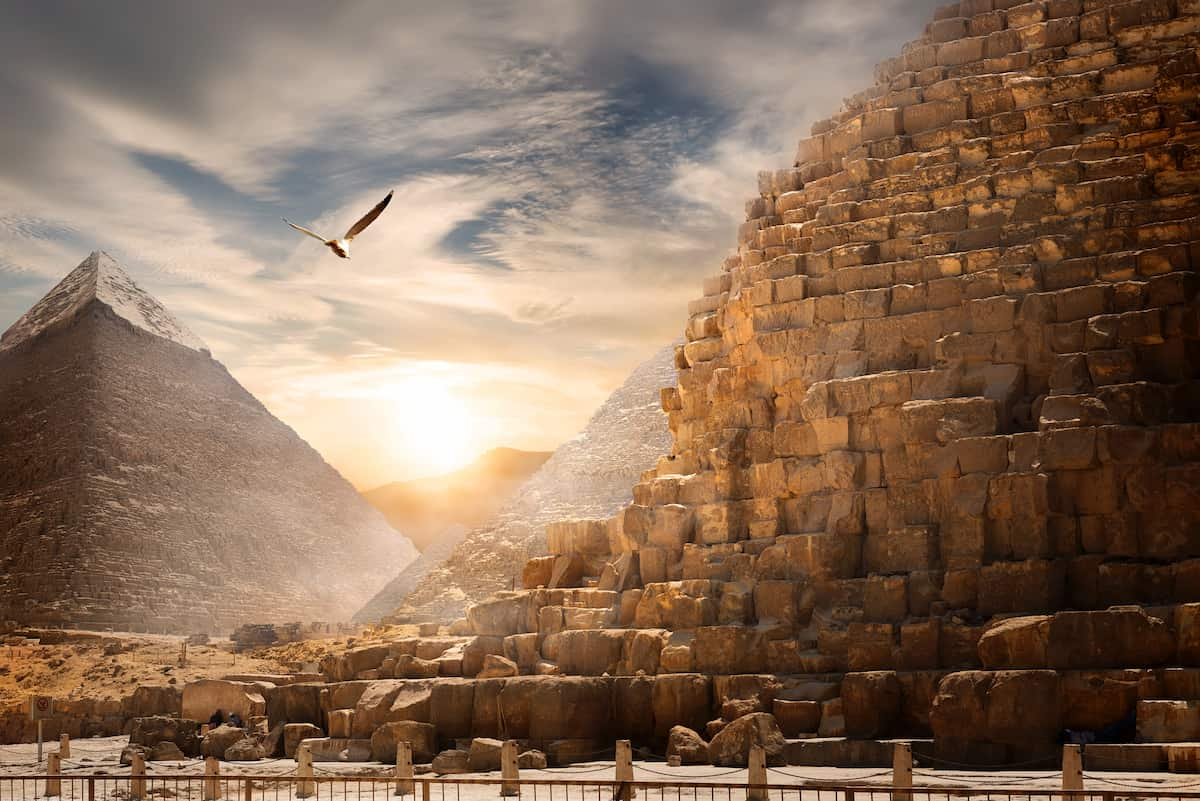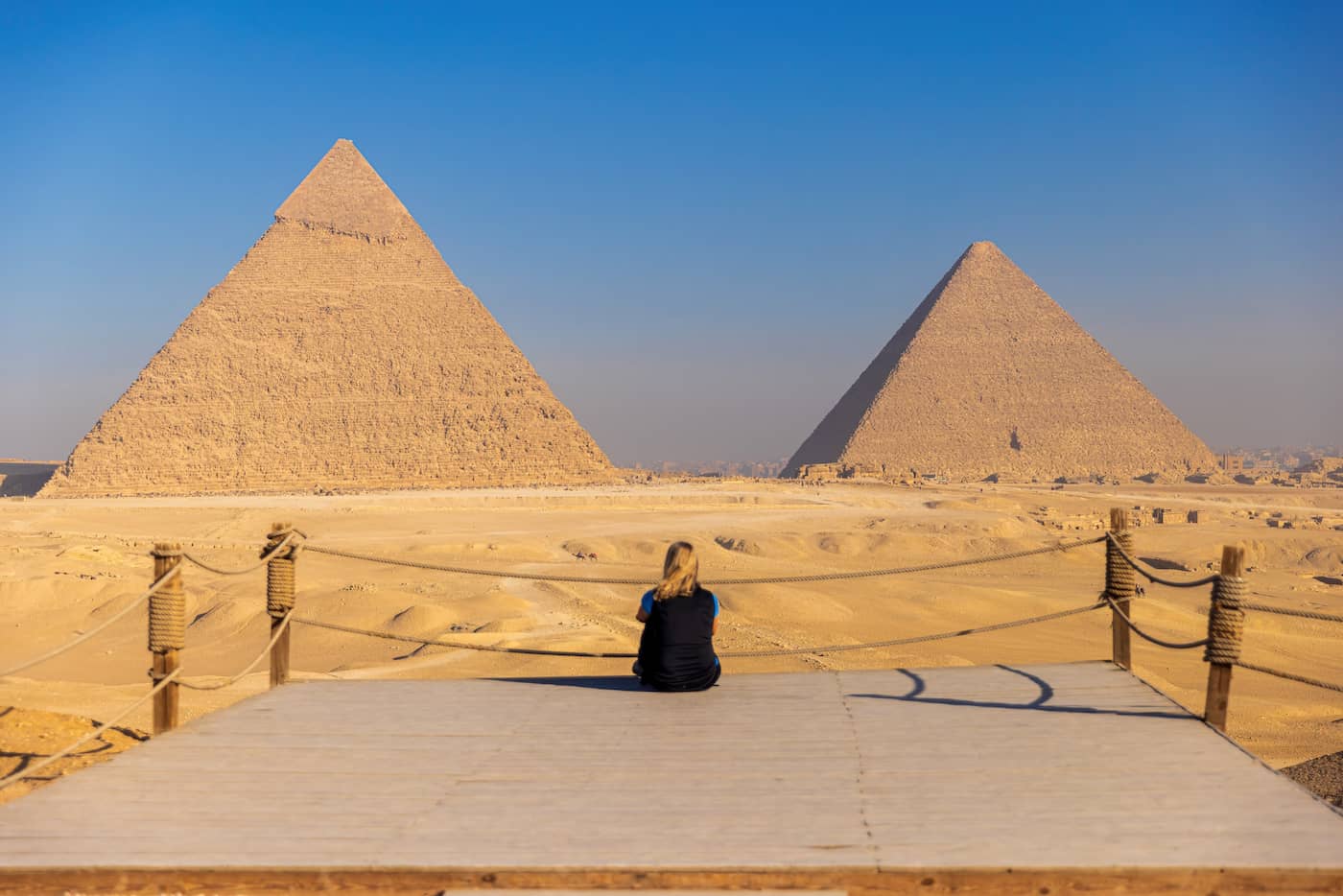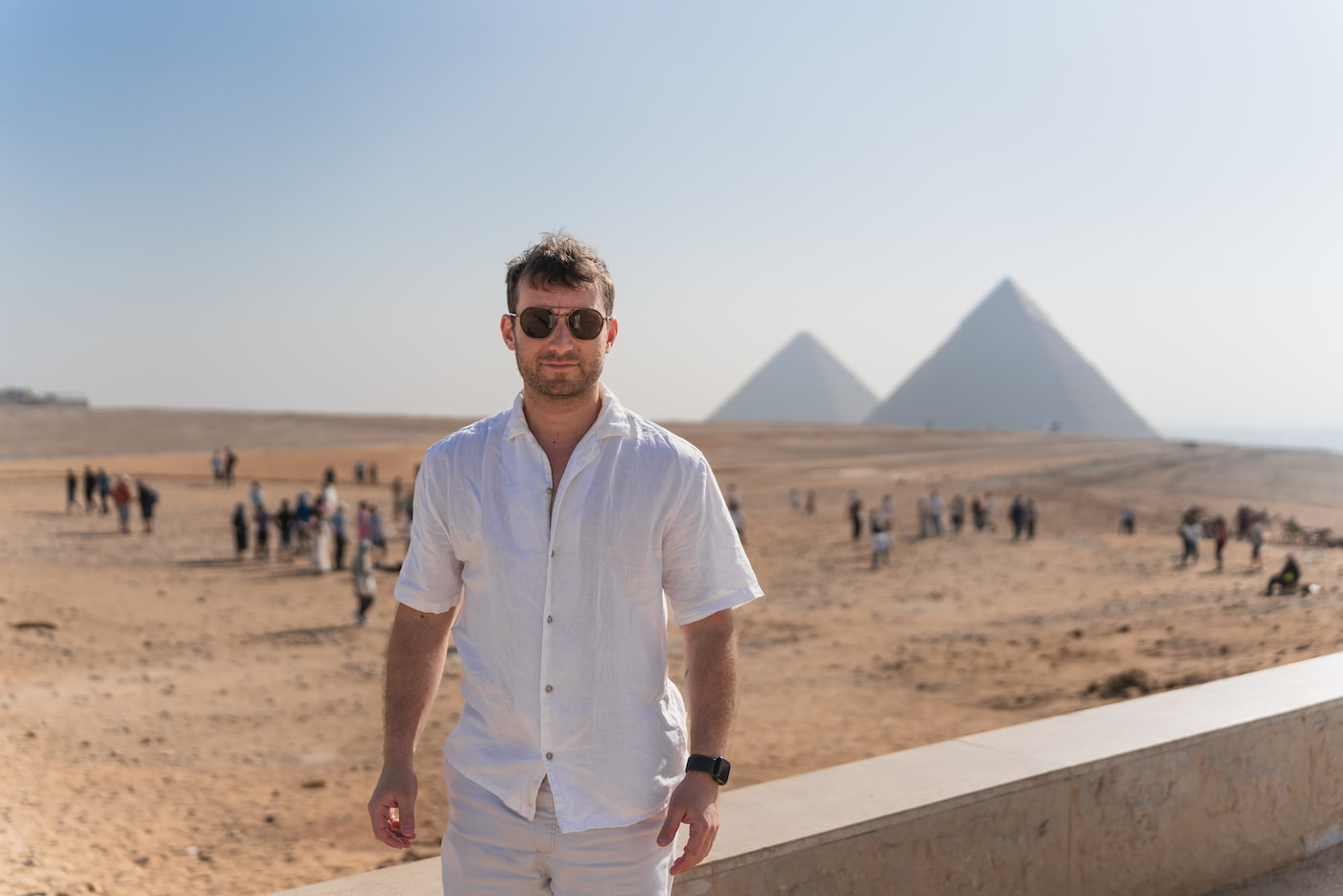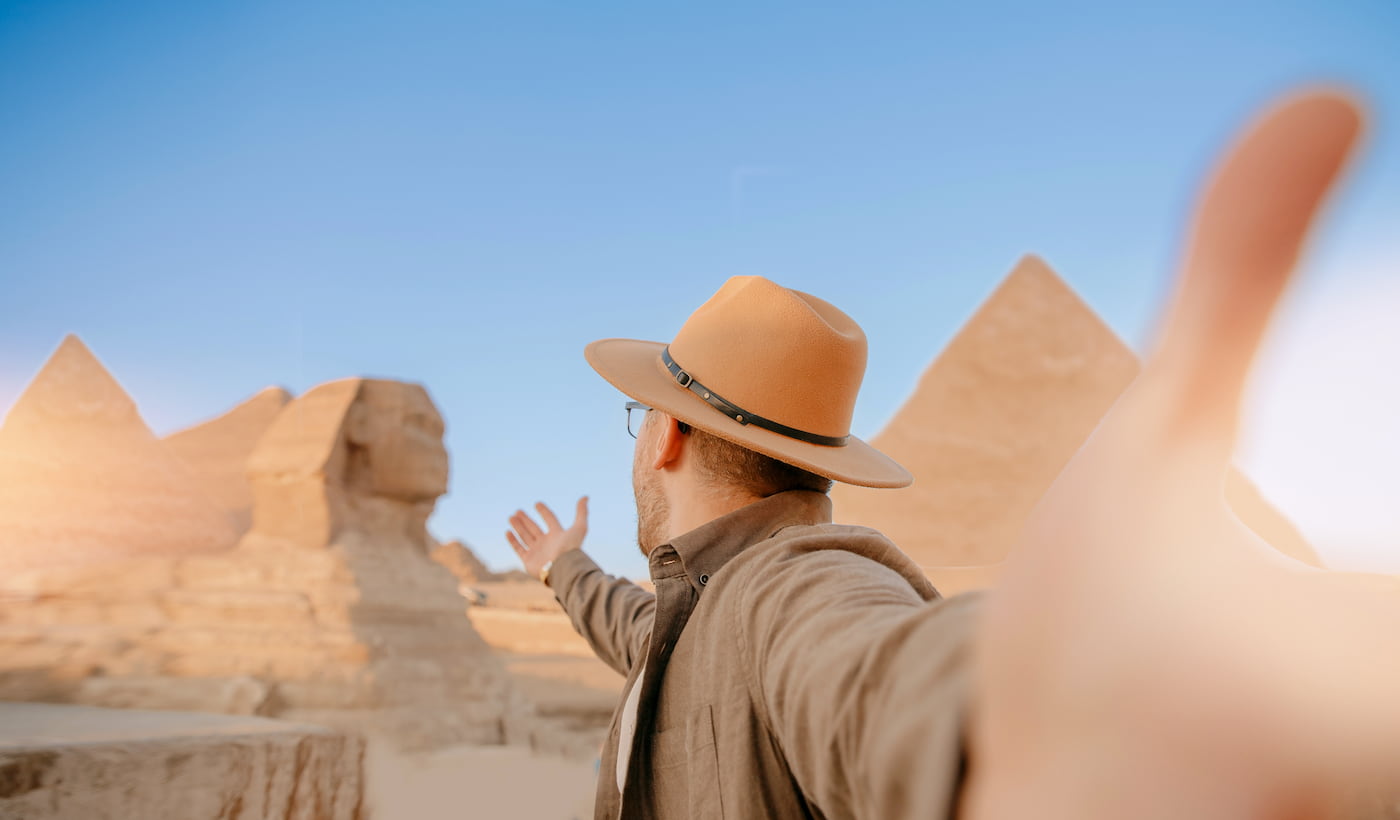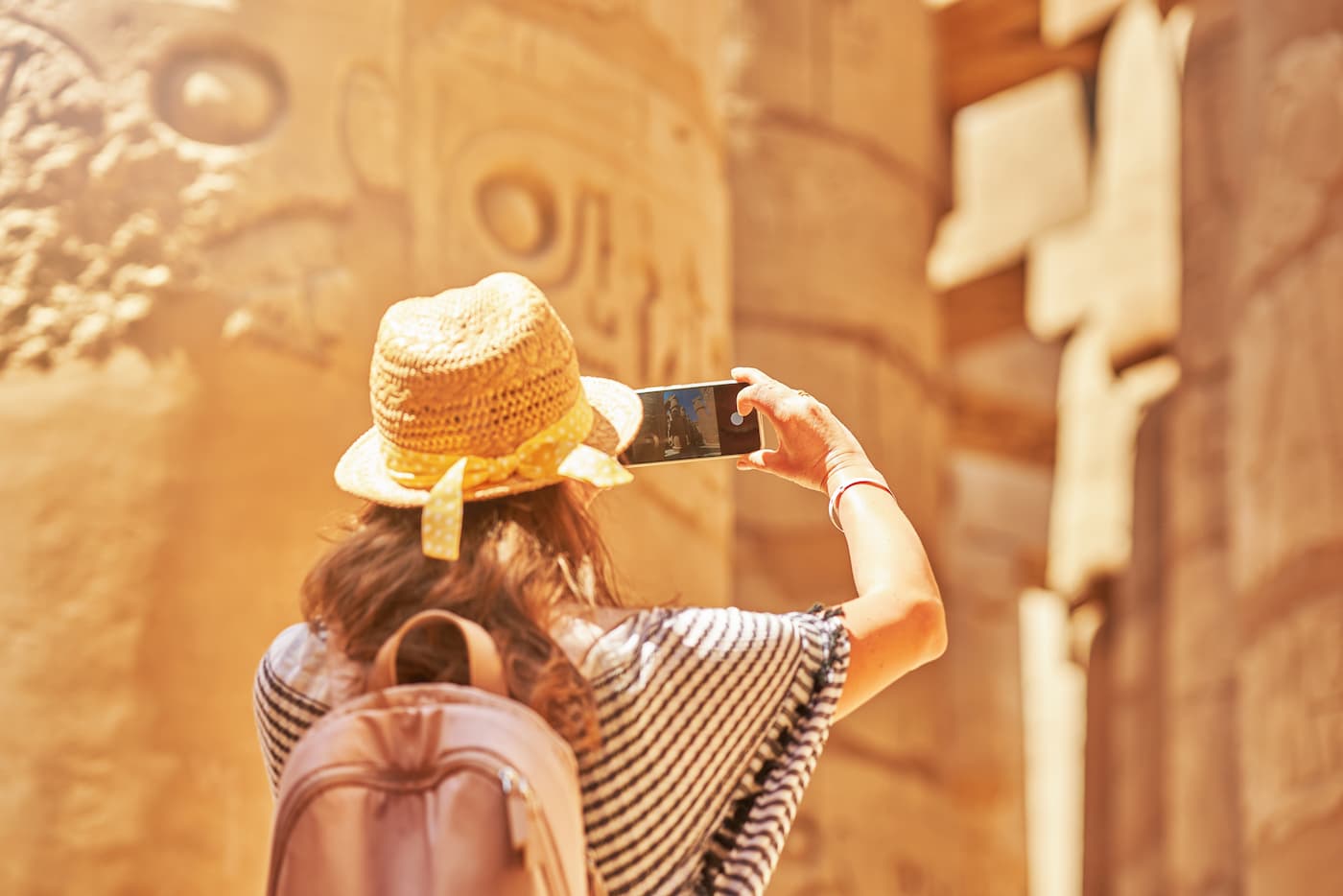Serapeum of Saqqara in Egypt: Secrets of the Ancient Apis Bull Tombs
What is the Serapeum of Saqqara in Egypt? It is a grand underground burial site. Moreover, it was built between 1400 BC and 30 BC for the Apis Bull.
Who is the Apis Bull in Ancient Egypt? The Apis Bull was a sacred animal of Egyptian paganism, mainly in Memphis, the early capital of dynasties. Apis was believed to be the living manifestation of Ptah and later became associated with Osiris and Horus.
When a bull was born with the sacred white triangle on its forehead. For instance was selected as the divine Apis. That bull was worshiped during its lifetime, lavished with luxury, and cared for by priests. Upon death, the bull would go through mummification with royal honors and get buried in an imposing tomb, many of which have been found, especially in the Serapeum of Saqqara in Egypt, a vast subterranean burial complex.
The Apis cult symbolized fertility, power, and continuity of kingship. As time passed, however, the Apis bull began also being associated with the god Serapis in the Greco-Roman period, thus melding Egyptian and Hellenistic concepts.
In brief, the Apis Bull stood for the divine powers of the earth, acting as a concrete living representation of both gods and men in ancient Egyptian mythology.
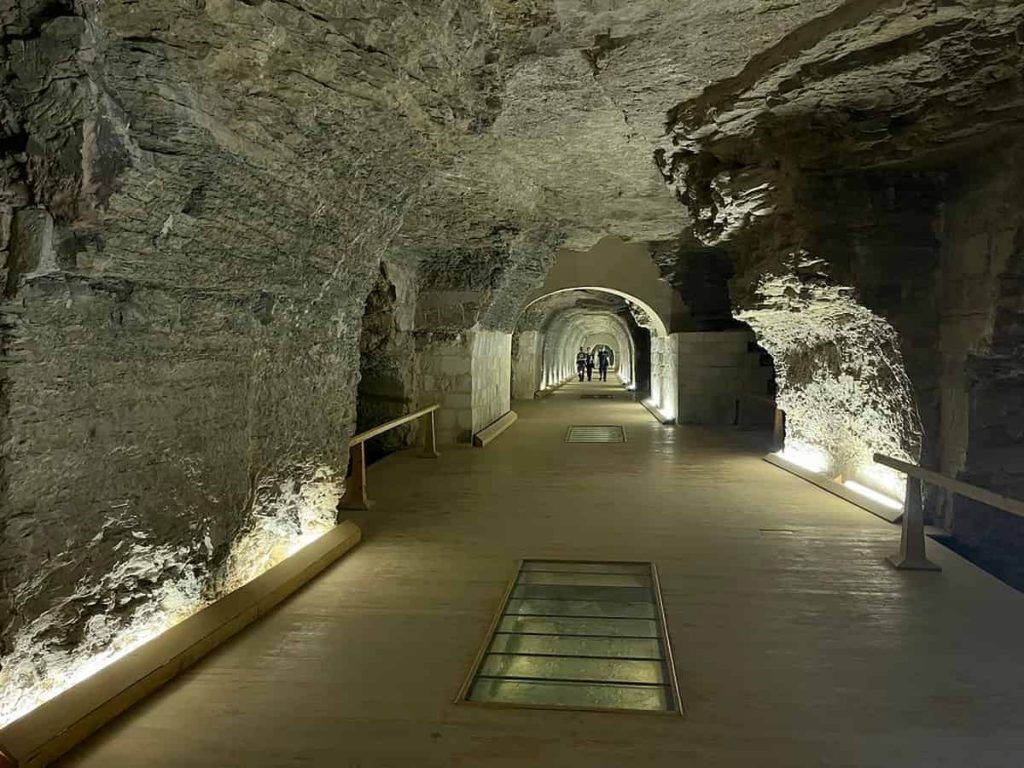
1. What Is the Serapeum of Saqqara?
The Serapeum of Saqqara in Egypt is an underground burial ground in the necropolis of Saqqara, near the pyramids of Giza in Egypt. In general, Egyptian tombs were zoologically built for humans. However, the sacred bulls, also called Apis bulls, being considered by the ancient Egyptians as living images of Ptah, had to have a burial.
When a certain bull died, it was embalmed and mummified; lifted into a huge granite sarcophagus and laid to rest ceremoniously in the Serapeum. These bulls were not treated like normal animals, but rather like divine beings. Their burial ceremonies were grand religious occasions, full of respect and ritual.
When you visit today, you walk through long passages carved deep into the rock. Deep within are massive stone coffins weighing dozens of tons. The phantom-like scale appears mind-crushing, and also a bit spooky, as some of the tombs are so precisely cut that there are doubts to this day about how exactly the ancient Egyptians did that.
So, the Serapeum is not merely a tomb. Beneath the surface, it speaks to the ancient Egyptians’ exalted philosophy on life, animals, and gods.
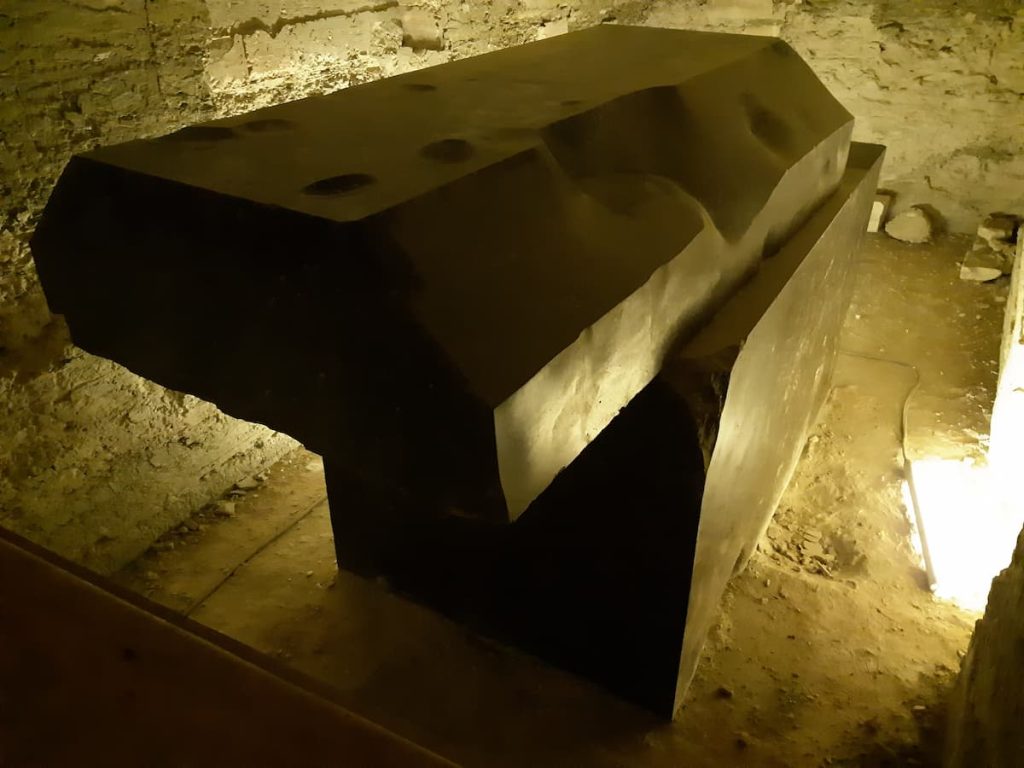
2. History of the Serapeum in Ancient Egypt
The Serapeum at Saqqara in Egypt had a long and fascinating history. It dated back to around 1400 BCE, during the reign of Amenhotep III of the 18th Dynasty of ancient Egypt. The site was greatly vested with importance, mainly in later times. Most particularly under one of the greatest Pharaohs known to history. Ramses II, who enlarged the underground tombs and made the Serapeum into one of the largest burial places of the sacred Apis bulls.
According to ancient Egyptian beliefs, these bulls represented a living image of the god Ptah; in time, they were associated with Osiris and other gods. When an Apis bull died, the death ceremony of the bull would be more majestic than that of a king, for he had died, so to speak, “like a king.” The new Apis bull, anywhere from one to a maximum of only one, would then be worshipped until its death.
The use of the Serapeum extended into the New Kingdom through to the Greco-Roman period for more than 1,000 years. Later, with the coming of Hellenistic influence into Egypt, the cult of Apis merged with the Greek belief systems, leading to the constitution of a new god, Serapis.
Therefore, the Serapeum does not tell one story alone: it tells the story of the evolution of religion, politics, and culture in ancient Egypt over the centuries.

3. Who Was Buried in the Serapeum of Saqqara?
The Serapeum of Saqqara was neither for pharaohs nor royal family members — it was built to honor and bury a very special sort of creature: the sacred Apis bull. The Apis bull, in ancient Egyptian religion, was not just any animal. It was believed to be a living god, the physical incarnation of the powerful god Ptah, and later deemed to be associated with Osiris, the god of the afterlife.
Only one Apis bull lived in one generation. The priests, with a lot of care and almost scientific methodology. Would scout for a young bull with certain markings, say a white triangle on its forehead. For it to be the new Apis, it was then afforded a royal life inside the temple at Memphis. Treated with the utmost respect.
When the Apis bull died, there was a royal funeral. The body was mummified and placed inside enormous granite sarcophagi, which were then buried in the depths of the Serapeum. These underground burial chambers were built to last for all times — and, in fact, the tombs of many bulls still survive today.
Therefore, while there were no mortals buried there, the Serapeum holds the remains of dozens of divine bulls, each considered by the ancient Egyptians to stand for strength, power, and eternal life.
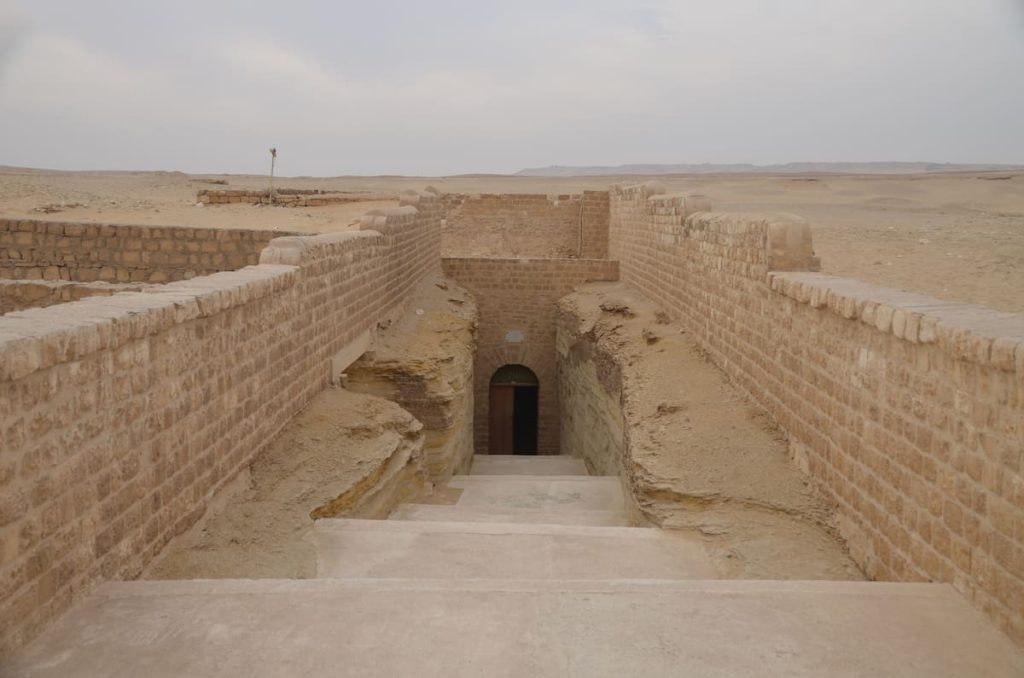
4. The Role of the Apis Bull in Egyptian Religion
The Apis bull held the highest sacred and unique position in ancient Egyptian religion. While other animals were called to represent something. In this case, the Apis bull was a living deity, i.e., a divine being walking on the earth. It is said to be the manifestation of Ptah, the creator god and patron of craftsmen. But later it got associated with Osiris, the god of death and resurrection.
Several ideas relevant to Egypt were presented by the Apis bull: strength, fertility, royalty, and chiefly, a direct link between gods and humans. Worship of the bull lasted as long as it was alive, featuring ceremonial rites where it was carried around the streets, and food, flowers, and songs were offered to it. Even its behavior was observed for divine signs.
There could have been only one Apis bull at any given time. Once the Apis died, it was mummified and buried with befitting ceremonies above those of a Pharaoh in the Serapeum at Saqqara. The priests would then begin their search for the next esteemed calf.
This suppressed power made the divine Apis bull one of the greatest gods in existence in ancient Egypt: the grandeur of heaven manifested as a splendorous animal.
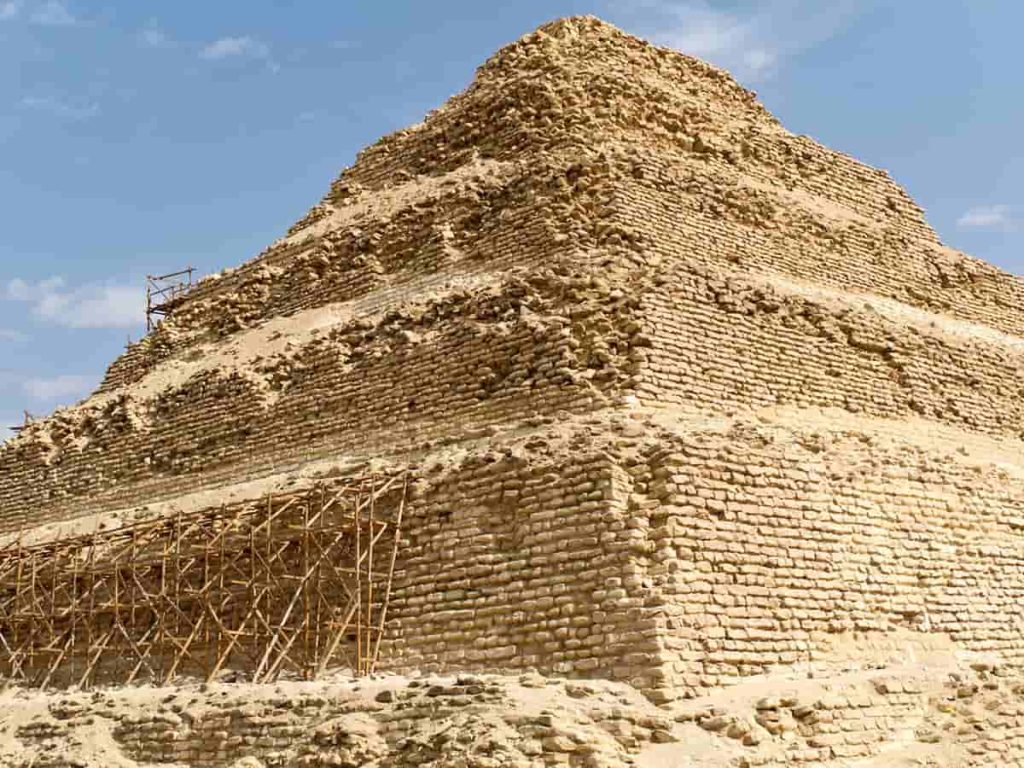
5. Why the Serapeum Is One of Egypt’s Most Mysterious Sites
The Serapeum of Saqqara is really not just a tomb; it remains one of the most mystifying and puzzling architectural sites of ancient Egypt. Situated underground, this huge structure is home to numerous enormous granite coffins. Each one measuring 70 tons and hewn with staggering precision into very narrow tunnels carved into the rock.
So much mystery hangs about the Serapeum. No one seems to have any idea how the ancient Egyptians moved these huge stone coffins underground. More than 3,000 years ago, without any modern technology. To this day, scholars zoom in and out on the what, how, and why behind the erection of such colossal tombs.
There is also this other unknown: the precision and workmanship. Since the cut of the sarcophagi is so smooth and so exact in its dimensions, some speculate that advanced tools or techniques were utilized. Others have linked it to lost knowledge or ancient energy concepts.
Then, there are those tombs that are standing in stark emptiness, with the absence of inscriptions and mummies; the question then arises: Were all of these tombs ever really used for burial? Or did the Serapeum serve some other form of ritualistic or symbolic purpose beyond our present understanding?
With all these worlds of uncertainty about it, the Serapeum truly remains a mystery.
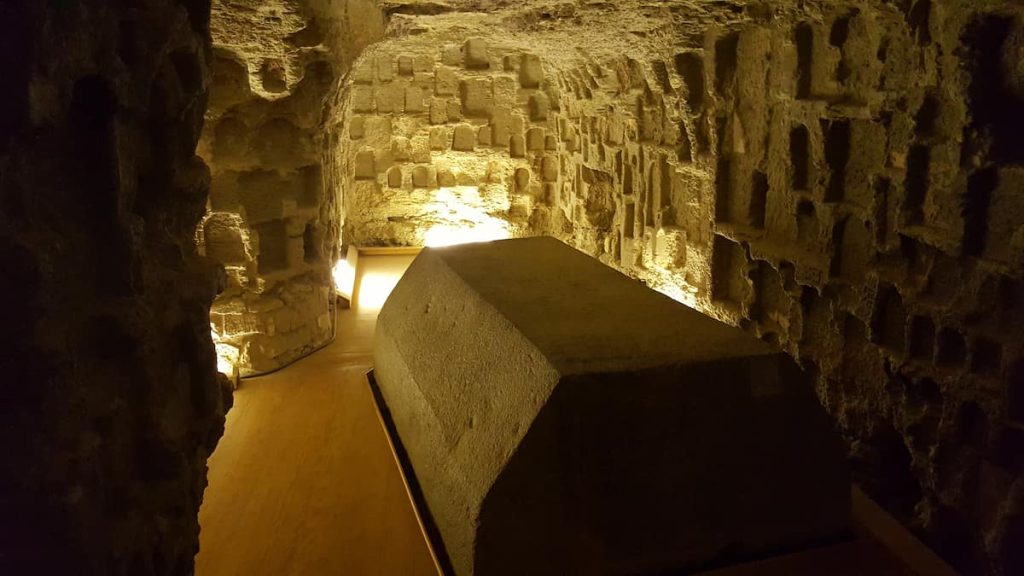
6. Discovery and Excavation of the Serapeum
For hundreds of years, the Serapeum of Saqqara had remained underground. It was rediscovered by none other than the famous French archaeologist Auguste Mariette in 1851. While wandering in the sands of Saqqara, Mariette came across a sphinx half-buried under the sand. Which eventually led him to discover the entrance to one of the grandest burial complexes in ancient Egypt.
What he uncovered toppled conventional ideas: a maze of underground tunnels running for several hundred meters and full of huge granite sarcophagi, some weighing more than 70 tons. These were not the usual tombs or coffins; they were carved with an accuracy that defied imagination, placed with ritualistic precision, and some remained sealed since the days of the Pharaohs.
Some tombs discovered at the excavation site were empty; others contained remains of mummified Apis bulls, strong evidence pointing toward the religious nature of the place. Where Mariette’s discovery unfolded the cult of Apis, the findings also gave one of the few opportunities to visualize how the Ancient Egyptians honored their sacred animals.
The discovery of the Serapeum opened its gates for the world and also became the first great landmark in the field of Egyptology. Today, the Serapeum excavation throws up new riddles with each passing day and hence represents one of the greatest and most baffling discoveries.

7. Architecture and Design of the Serapeum Tombs
The very nature of the Serapeum of Saqqara architecture holds awe and confusion alike. This huge underground complex was cut into the bedrock, making a network of long corridors, burial chambers, and side tunnels for massive granite sarcophagi of the Apis bulls.
Every sarcophagus is set within a huge chamber, made to precise dimensions. Some of the tombs are extremely symmetrical, and the finish is impeccable to the eye. That the methods have been intuited to perfection, perhaps…imported from a time far beyond their own. The engineers and archaeologists alike are unsure how anywhere near such cuts of stone could have been achieved and how the stones fit into the almost negligible joint manner!
Adding to its allure is the ritualistic arrangement, as the placement of each sarcophagus, the depth of the tombs, and the movement of the corridors all concur to hint at some other function beyond mere burial, possibly ceremonies, processions, or religious rites.
Design of the Serapeum still prevails, even after 3,000 years. Showcasing the mastery of architecture and the mindset of the ancient Egyptians: creating eternal resting places for their holiest beings.
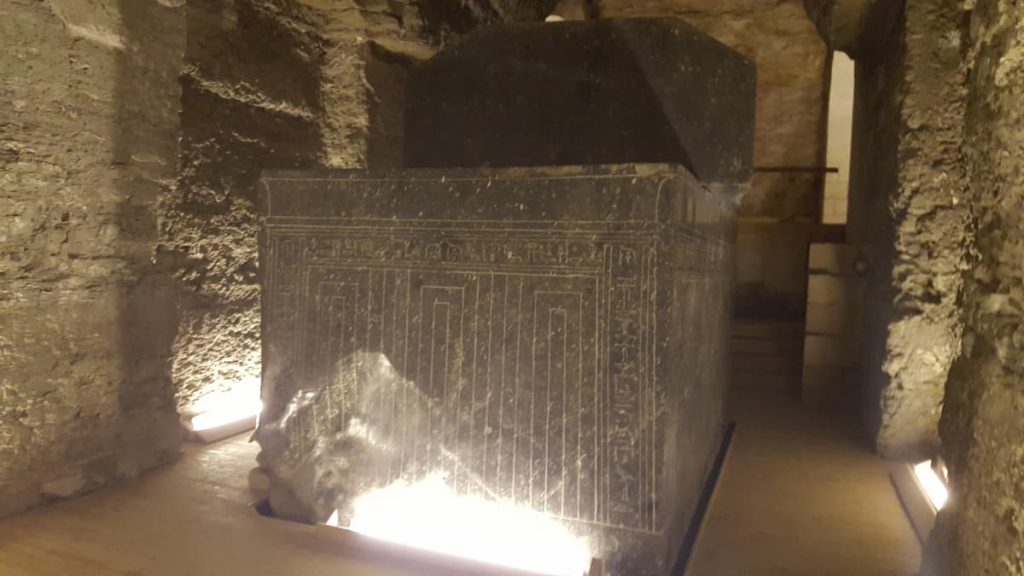
8. Serapeum of Saqqara vs. Other Tombs in Egypt
Generally speaking, most people associate the tombs of Egypt with the great chambers inside the Pyramids of Giza or with the elaborately decorated tombs located within the Valley of the Kings. However, the Serapeum of Saqqara, while beautiful, is a worthy exception due to its function and design.
While tombs for pharaohs were established. The Serapeum was intended for the burial of sacred Apis bulls. Moreover, considered in ancient Egyptian belief to be living gods. The Valley of the Kings is famous for its multicolored wall paintings and inscriptions. Detailing royal journeys into the afterlife, the Serapeum remains quite ambiguous. With giant granite sarcophagi, very little decoration, and underground tunnels carved with tremendous precision.
The unique definition of the architecture of the Serapeum. Straightforward and monumental, these tombs highlight the strength and durability rather than artistic beauty. In reference, the tombs in Luxor or Giza concern themselves with religious texts, mythological scenes, and personal stories of the deceased.
What makes the Serapeum fascinating is its ritual purpose: it was not just a burial site but a stage in a sacred rite where every Apis bull was revered as a king. Everything else remains to set it apart as one of the most unusual and symbolic burial sites of Egypt.
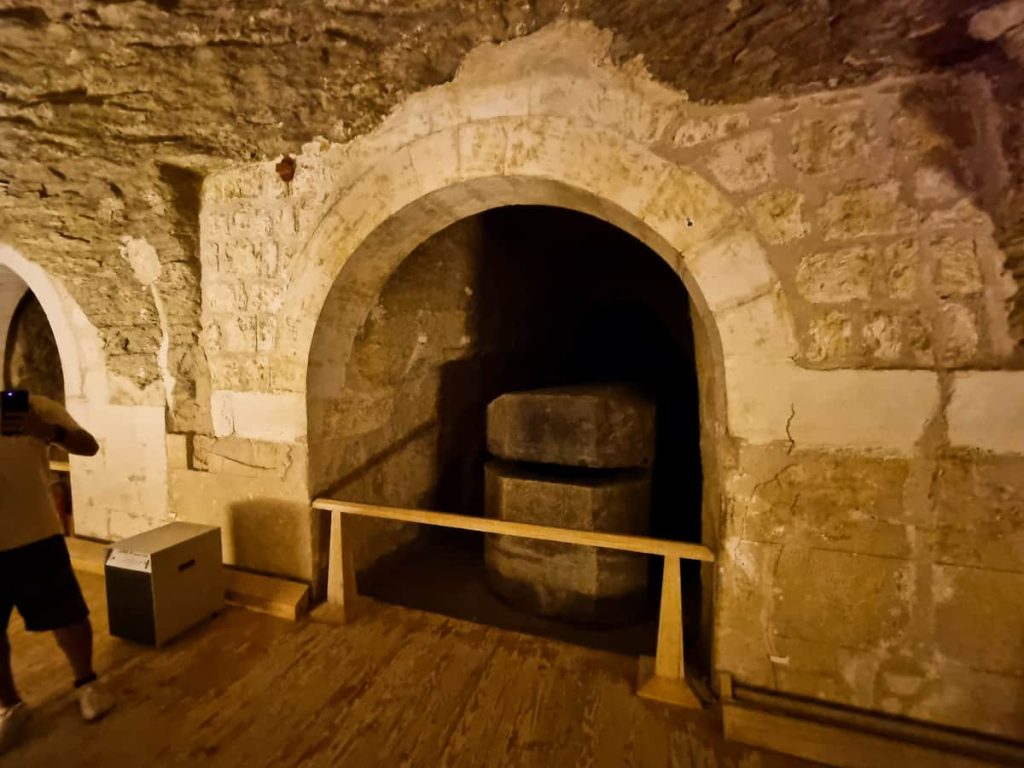
9. What to Expect When Visiting the Serapeum of Saqqara
The Serapeum of Saqqara offers a one-of-a-kind experience for anyone with an interest in ancient Egyptian history, mystery, and architecture. Unlike the more famous pyramids that sit above the ground, the Serapeum induces a descent into the underground world of dark stone tunnels, massive sarcophagi, and a spiritual ambience.
Upon entering the burial chambers, a huge granite coffer weighing as much as 70 tons will greet you. They are situated in rooms exquisitely carved out from the stone itself. The silence, the cold air, and the dim light all contribute to a feeling of eerie sacredness. Some visitors suggest that it feels more like entering a temple rather than an ordinary tomb.
The site is fairly well-preserved, with some passages still intact from the originals, and explanations are put up along the way. Guided tours are encouraged because the guides explain in detail about the cult of the Apis bull, the methods of construction, and the symbolism of the design.
Necropolis of Saqqara with other major sites like the Step Pyramid of Djoser. In short, a visit to Serapeum constitutes an exploration of Egypt’s spiritual and architectural genius, somewhere just beneath the shifting desert sands.
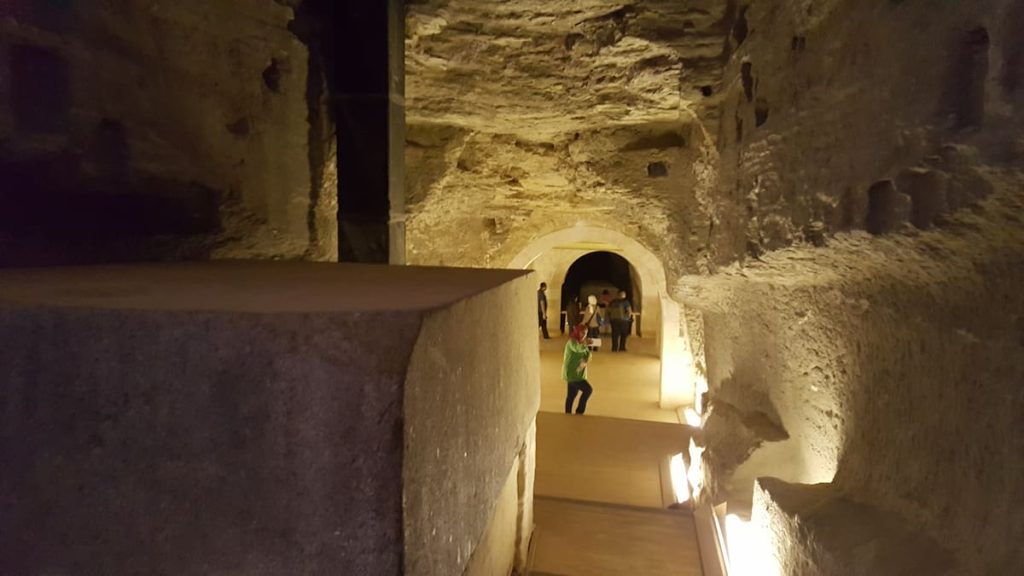
10. How to Get to the Serapeum from Cairo
Getting to the Serapeum of Saqqara from Cairo is relatively easy, and it is just a short trip away. Saqqara lies around 30 kilometers (19 miles) south of Cairo and makes for a perfect day trip with loads of history and discovery coloring it.
By private car or with a driver, the most convenient way to go there, with lots of flexibility and comfort, especially in the Egyptian heat. Most of the tourists either book a guided tour that includes Saqqara or have their hotel arrange for transportation. You can also find several local tour operators in Cairo that run day tours to include the Serapeum, the Step Pyramid, and other sites nearby.
For those feeling a little bit more daring, you can take a ride-share, such as Uber, to the entrance of Saqqara. You’ll purchase an entrance ticket soon after arriving in the area, and the Serapeum is just a short walking distance from the main complex.
Easy, safe, and highly recommended for anyone interested in Egypt’s ancient secrets to visit the Serapeum from Cairo, be it with a tour or on one’s own.
11. Tips for Visiting Saqqara and the Serapeum
The Saqqara necropolis and the Serapeum of Saqqara can be among the major highlights of the trip to Egypt if one happens to be enamoured with ancient history and archaeology. Here are some tips to ease your visit.
Get there first thing in the morning: Early mornings are cooler and relatively less crowded. The sun is mighty in Egypt in summer.
Comfortable shoes: The site includes many rough paths, going down into underground tunnels, so take good footwear.
Water and snacks: There are few facilities around the Saqqara area, so it is better to be prepared.
Guide: An Egyptologist guide can expose you fully to the history, symbolism, and architecture of the Serapeum and the other monuments of Saqqara.
Camera: Photography is allowed in most areas, but good luck with using any flash inside the tombs! Confirm the rules at the entrance.
Could also visit nearby sites: Make the most of your day by visiting the Step Pyramid of Djoser, the Tomb of Mereruka, or the Imhotep Museum nearby.
With a little planning, your visit to the Serapeum will become an unforgettable journey

